

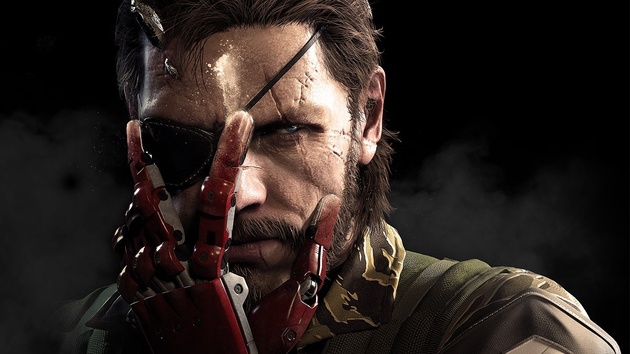
Metal Gear Solid V: The Phantom Pain is an extraordinary game. Hideo Kojima may be bowing out with the brand's big fifth instalment, but his swansong is a real masterwork: a compelling tapestry of an entire career's worth of refinement, condensed into a tropical open world. Of course, with any title as expansive as this, it can be frustrating if you don't hit the ground running. That's what we're here for: to introduce you to some of the escapade's finer details, and to help you to get to grips with the PlayStation 4's next best game.
Over the coming paragraphs you'll find hints, observations, and explanations of some of the foray's finer mechanics. We won't be spoiling a thing here, so you're safe to read on if you're yet to play the game. We'll also stress that not everything explained will necessarily apply to your preferred playstyle; The Phantom Pain is a game that rewards experimentation, so if you stumble upon tactics that work for you, then by all means take advantage of them. Alas, we're starting to waffle like a Kojima character, so let's get down to business.
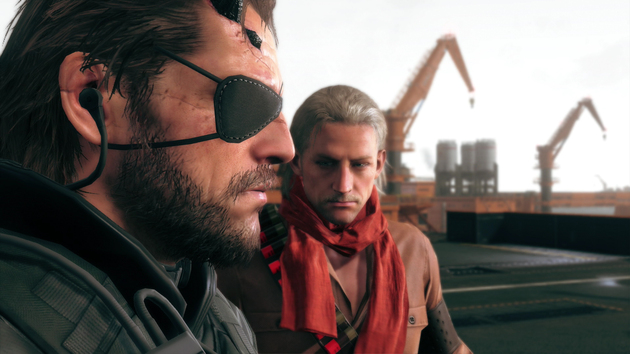
There's much snobbery in the Metal Gear Solid community regarding the way that The Phantom Pain ought to be played, but Kojima Productions clearly wanted to build something that could be enjoyed by everyone. Our first tip is simple, then: play the way that you want to play the game. Stealth is obviously at the beating heart of this brand – and is required for the higher ranks – but the enormous stock of weapons available suggests that the developer doesn't expect you to go clandestine all of the time. While you will get lower ranks for going in guns blazing, if that's a tactic that you enjoy then you should embrace it where possible. The most important thing is to experiment: missions can be replayed, checkpoints are fairly frequent, and the game is expertly designed to give you as much freedom as possible. You'd be doing it a disservice if you didn't attempt to explore all of the options.

It's a testament to the brilliance of The Phantom Pain that it makes scouting out hostile bases an enjoyable part of the gameplay. It's also a pretty darn essential one, so if you're rushing into strongholds unprepared, then you're going to meet some real resistance pretty fast. This is fine if you're playing a more action-heavy approach, but even then you may find yourself overwhelmed quickly. The best tactic is to find a vantage point that overlooks your area of operation. From here you'll be able to bring up your magic binoculars with the R1 button, which will allow you to get a good feel for the area that you're working in. Push the R3 button to zoom in and enemies will automatically be tagged. Remember that your binoculars also come with a microphone attached, so even if you can't see an enemy, you may be able to hear footsteps or talking. Mark buildings with the L2 button so that you don't forget that someone's inside.
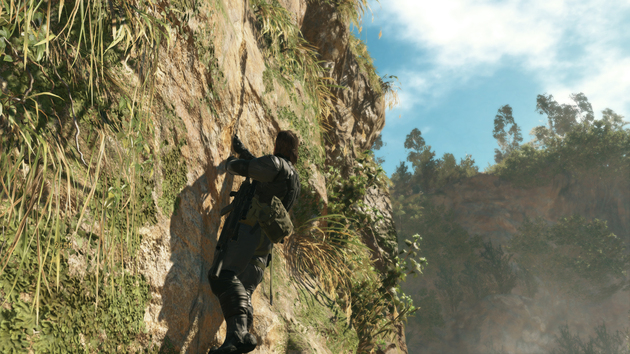
Metal Gear Solid's always been brilliant about the way that it makes its environments part of the actual gameplay, and The Phantom Pain is no different. Lights, foliage, and even different surface types are not merely set dressing here – they can be the difference between success and failure. A lot of this is fairly intuitive stuff, but we'll outline it anyway: stick to shadows, long grass, or behind walls if you want to remain unseen. Sprinting under a spotlight, for example, is probably the easiest way to set off an alarm, so try to move around any light sources and stay undercover where possible. You may want to pick a different type of camouflage depending on your mission, as the right clothes can make you harder to spot. Be aware of the time of day, too, as if you're starting a mission just before sunrise, the lighting conditions will change soon, and your tactics may need to adapt. One other thing that you should pay attention to are security cameras, which can be disabled by turning off glowing blue power units. Be aware that however you attempt to disable these, though – be it with C4 or simply flicking a switch – you will draw attention from any nearby guards.
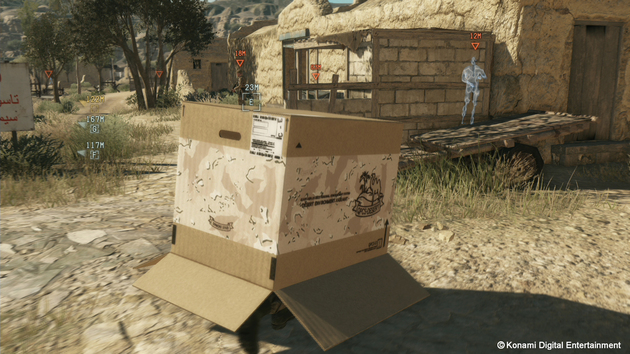
Much like the environment design, The Phantom Pain's dynamic day-and-night cycle is more than just a nifty visual effect. You can choose when to undertake missions, and depending on your objective, this may be critical. Playing in the day time, for example, makes it easier for you to mark lingering troops – but it also increases the visibility of yourself. The opposite is true at night time, where guards will hide in the shadows – but you'll be able to more easily spring them into a trap. Visibility isn't the only difference, of course; enemy density is much lower under the stars, while the ranks of outposts will fill out during the day. Try to take all of this into account when you tackle a mission, and remember that you may need to adapt if you start an objective under the beating sun but finish it by the light of the moon.

The Phantom Pain could never be described as realistic, but it takes rules from the world that we know and shapes them in a way that makes you feel like a bad ass. This is particularly true when you're sneaking through enemy strongholds. Diversions have always been a core tenet of the Metal Gear Solid experience, and you'll need to use them to your advantage again in this title. Tossing clips or magazines can help you to get the attention of guards, and pulling them out of position is often essential if you want to enter a particular building or access a certain area. You can also use weapons to draw attention, but obviously be careful not to use up too many precious resources. Remember that the equipment of your antagonists can be employed, too, so mess with the search lights or stationary weapons of your foes if need be. It's really fun toying with the artificial intelligence, so have fun making them do your bidding.
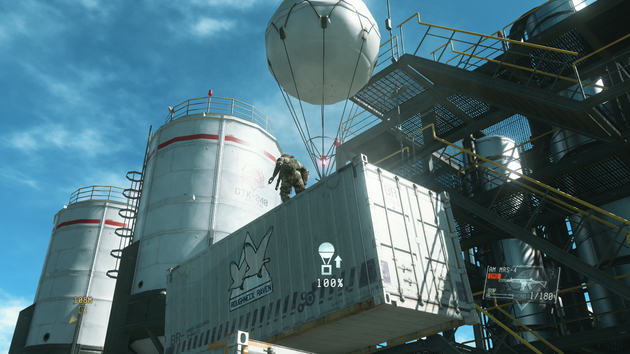
If you run out of gear while out in the field, remember that you can use supply drops to replenish your stocks. These will cost GMP, but it's a small price to pay if you've run out of tranquiliser darts or other pieces of key equipment. One thing to be aware of is that you should use these away from enemy emplacements, as the giant boxes falling from the sky obviously cause alarm. If you're particularly good, though, you can call these onto the heads of enemies, knocking them out to earn yourself an easy advantage. To call in Supply Drops simply select the appropriate option from the Missions tab of your iDroid. They do take a minute or so to arrive so sit tight and try not to cause any commotion – especially if you haven't got any ammo left.
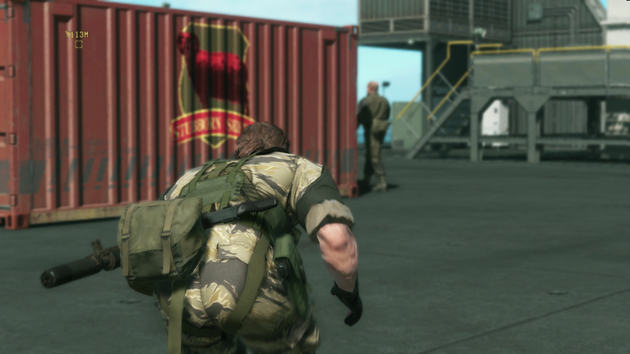
One thing that you don't want to do in The Phantom Pain is leave a trail of bodies behind. Tranquilised enemies can easily be aroused, while any kind of unconscious character is going to raise suspicion. Fortunately there are plenty of places to hide bodies, such as in dumpsters and port-a-loos. Be aware that these are not foolproof; if someone goes to take a leak and finds a dead body slumped over the toilet, then you're going to be in trouble all over again. These temporary hiding spots can be handy while you make an escape, though, and hopefully nobody will suspect a thing until you're flying away in your trusty helicopter. If there aren't any hiding places available, then take your surroundings in and think logically. A body's less likely to get spotted in the shadows behind the back of a building, for example, or in thick foliage. Sometimes you have to make the best of a bad situation – and remember that your Fulton recovery system can be a great way to remove people from the area entirely, even if it is a little noisy.
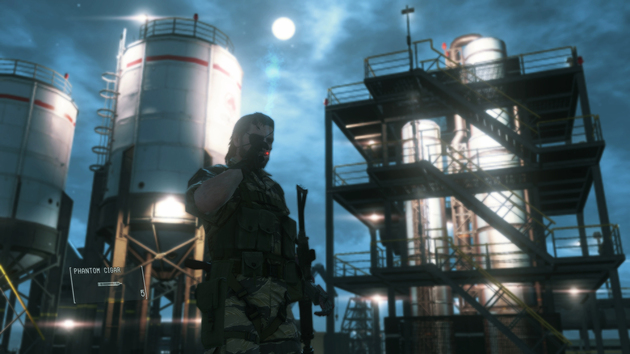
The Phantom Pain is a stealth game, but it also includes a management simulation which is an extraordinarily enjoyable distraction. Using your Fulton recovery system, you can send any guards back to your base. You can then assign them to different wards within your oceanic operations hub, and levelling up these areas will enable you to build new equipment. In the early stages of the game, it's best to simply send as many people back to your base as possible – but be aware that the higher ranked enemies you encounter in Side-Ops and sometimes in main missions will have a bigger impact on your level. Once you're a few hours into the game you'll be able to expand Mother Base with new platforms, allowing you to recruit more personnel who will subsequently build better gear. Remember, you can also send some of your soldiers out on independent operations, which can be an easy way of earning money – especially if your success estimate is high.
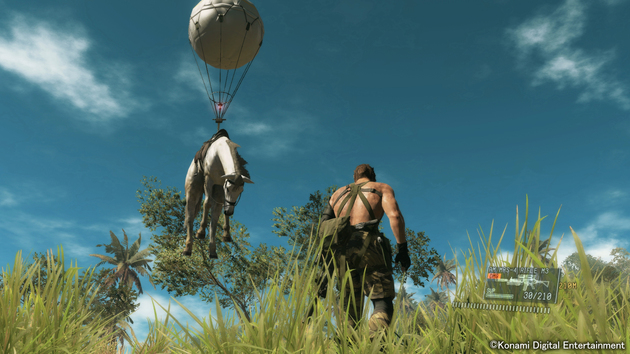
GMP (or Gross Military Product) is the main currency that you'll use in The Phantom Pain, and it's used to purchase new equipment as well deploy on missions and call in Supply Drops. It's important to ensure that you don't go into the red with this – if you've been spending heavily on new gear, always ensure that you've got a little left in the bank as a safety measure. One easy way to boost your GMP is to pay attention to glittering diamonds hidden throughout the world. Picking these up can give you a very quick cash injection, which may be essential if you're running short on supplies. In fact, you should pick up any items when you spot them – plants, processed materials, and more – as you never know when you may need them. It's better to take a few moments to grab all of the items in a specific area than wait until you run low and then spend an age searching for them.
Subscribe to Push Square on YouTube
Have you got any tips for Metal Gear Solid V: The Phantom Pain? How are you getting on with this game? Do you need help with a specific area? How are you playing the game? Slip by unnoticed in the comments section below.

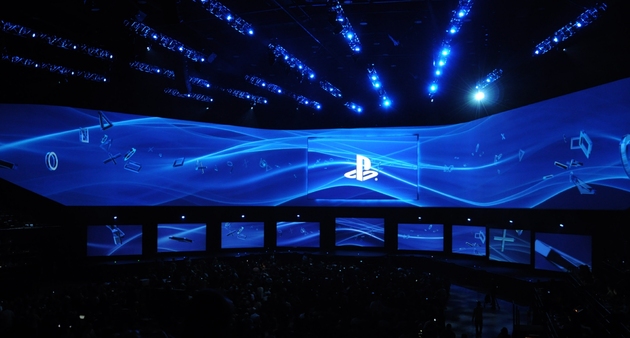

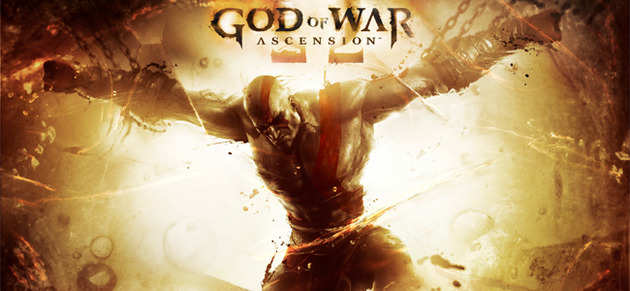
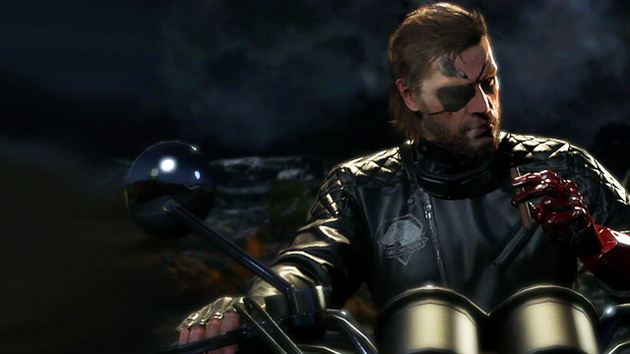 Guide: How to Get S
Guide: How to Get S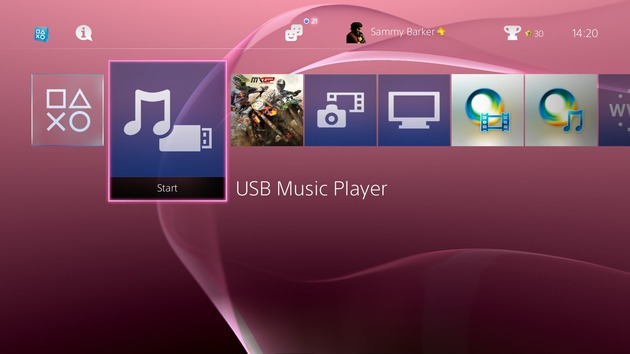 Guide: How to Use the PS4s USB Music Player
Guide: How to Use the PS4s USB Music Player FAQ: What Are the Differences Between the PS4 and Xbox One?
FAQ: What Are the Differences Between the PS4 and Xbox One? Guide: How to Make Massive Amounts of Money in Grand Theft Auto V PS4
Guide: How to Make Massive Amounts of Money in Grand Theft Auto V PS4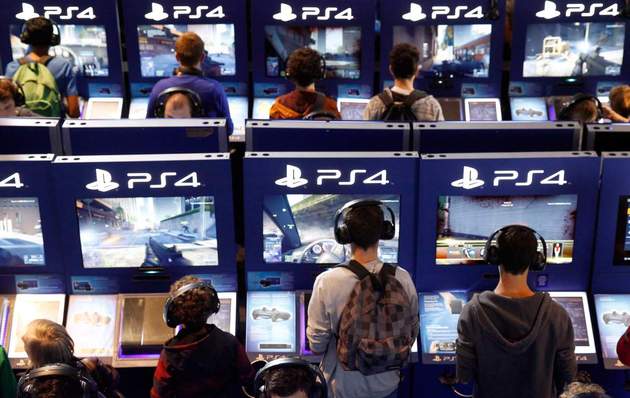 Guide: What Time Is Sonys Paris Games Week Press Conference?
Guide: What Time Is Sonys Paris Games Week Press Conference?